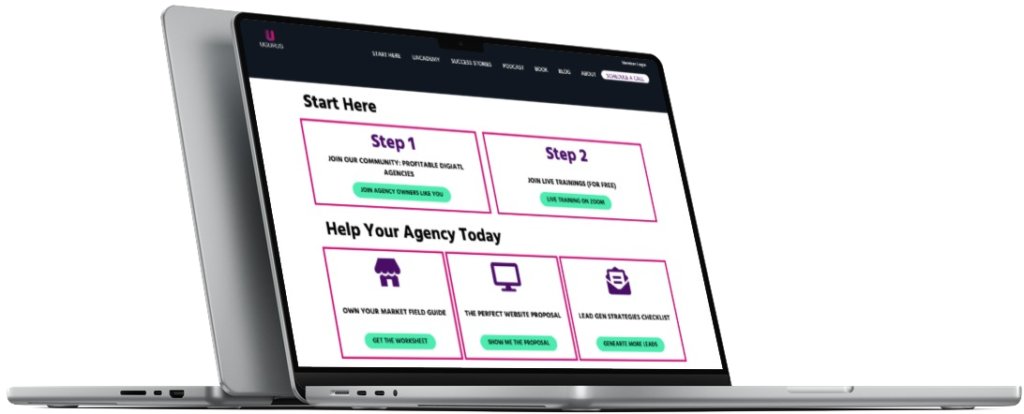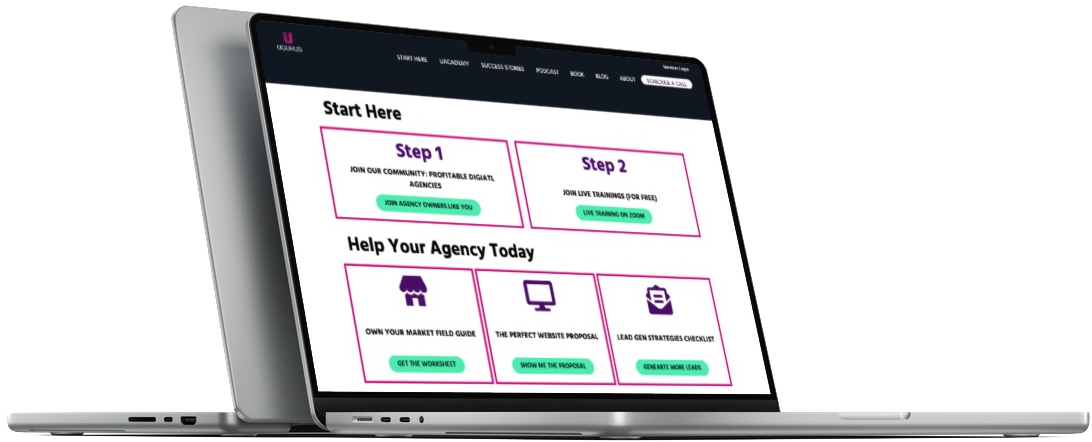I have the opposite problem of many beginning developers. I have too much business.
When I started designing websites and developing applications about twelve months ago, I was actually surprised at how easily I was able to find and close my first clients. Within a week of opening up shop, I had a steady stream of business with money rolling in.
There are no big secrets to the process behind this. I simply set up an account on Elance and ran detailed experiments until I figured out exactly what qualities made up a successful bid on that platform. Then I combined all my research to craft irresistible proposals that I knew would work.
In my first four weeks, I ended up closing over $23,000 in contracts. It was pretty rad.
(Click here to see the exact framework behind those proposals – scripts included.)
I know, I know—you don’t feel bad for me. I get it. This post isn’t going to be a Daniel brag-a-thon, I promise.
Business is great, and I was happy to have such quick success—but as quickly as I was able to close those first few clients, I ran into my first set of real problems.
Two big problems
The first major problem had to do with my technical abilities. I’m competent on most CMS platforms, can wrangle my share of HTML/CSS, and I’m passable on Rails—but I certainly wouldn’t consider myself to be top-tier in all of these areas. In reality, my biggest skill is getting people to say “yes.” I grew up acting in plays and my “soft skills” for connecting with people continue to serve me well to this day.
However, I quickly reached a sticking point when I realized that I could sell all day, but if I couldn’t deliver the product, nothing else mattered. I wasn’t 100% confident that I could even do most of the jobs I wanted to bid on—and I didn’t want the added pressure of trying to learn something difficult while trying to meet client expectations and deadlines.
This conundrum limited the pool of people I felt comfortable pitching to.
Then there’s the problem that every owner of a service-based business will have to face eventually: scalability. Unfortunately for the rest of the world, there’s only one Daniel DiPiazza—and he’s really only capable of juggling about three projects at a time without sacrificing quality or going completely bonkers.
I hadn’t yet gotten to the point where I was able to secure bigger clients. I got lucky with a few decently budgeted projects in the beginning, but most of my leads were for $1,500 or $2,000 projects spread out over a few months. That might sound like an okay starting point for a 24-year-old ex-waiter, but the reality is that I’d end up receiving that money in little drip-drops that were never quite enough to get me where I was going financially.
I needed to take on more projects, but simply didn’t have the time.
Then it hit me: outsourcing
Yes, the mere mention is a dirty word in the tech circle. But I had no other option. I needed the ability to provide services for my clients that I didn’t have the skill set to deliver, at a rate faster than I could provide them.
As easy as it would have been to use the very same platform I was pitching on (Elance) to find cheap outsourced developers from overseas, I chose not to go that route for a few reasons.
First, I needed to work with people who I could easily communicate with. The difficulties that a language barrier can impose on expectations and project timelines can cost more than the money you save when outsourcing development work.
Second, I really wanted to find people who had vested interests in what I was working on so that I knew I’d be getting the highest quality work possible. I was looking for a long-term relationship, not a one-night stand (aren’t we all?).
A little help from my friends
So I started probing my social circle and asking my developer friends if they wanted to help me with some projects. At first, it was just my friend Patrick and I. I’d book projects, and we’d knock them out together. Together, we were able to get more work done in much less time.
Then I started to ask more friends, and friends of friends, if they were looking for some freelance design work. If I got a good reference from someone who I already trusted, it was easy to build relationships quickly. I started targeting specific skill sets that I knew I needed, until I curated a roster of about seven to ten high-quality developers who could all get different jobs done. Rather than struggling to get three projects finished by myself, I now had the manpower to run 15-20 projects at a time.
I effectively went from doing freelance design on a solo basis to running my own crew in a loose knit development firm. I’d made the transition from freelancer to employer.
The beautiful part of the setup is this I am truly able to approach the business from a benevolent perspective and help everyone involved. On the client side, everyone is able to get top-tier work from amazing developers at a level that I just couldn’t have provided them myself. On the employee side, all of my designers and developers actually make more than me per project—I typically split the revenue 60/40 in their favor since they are the ones doing the development. They feel great about this because they know that I value their time. And I take the client hassle out of their day by handling all the feedback. Their only job is to code.
The system works out great for me as an entrepreneur because even though everyone is making more than me per project, I have multiple projects running at once, so the ability to scale really pays off. It’s a triple-win trifecta.
When I first started this process, I thought I’d just do a few projects to make some side money and call it a day. I never thought I’d create a scalable system that employs others and drives consistent revenue—especially considering the fact that my development skills leave much to be desired.
The whole process has me looking at life a little differently. I’m beginning to realize that there’s always room to take our processes and procedures to the next level in order to get better results and make more money.
Implement this TODAY
I’m curious to hear your feedback. Leave me a comment and let me know:
1.) What’s one project you’re working on that you’d like to scale and what difficulties are you having in the process?
2.) What are three steps you can take TODAY to start connecting with your peers in order to help you get more done?
Talk soon!
-Daniel
GET YOUR FREE AGENCY ACCELERATOR PACKAGE





